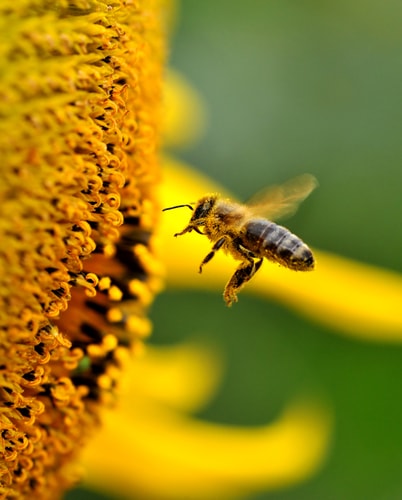University of Guelph professor Nigel Raine, who also serves as the Rebanks Family Chair in pollination conservation, conducted the research with Dara Stanley from Royal Holloway University of London in the United Kingdom, who conducted the fieldwork for the study.

One finding from the study suggests when they come into contact with thiamethoxam – a neonic pesticide used in North America - bumblebees collected pollen on a more regular basis, but those not exposed to the pesticide collected pollen more efficiently.
Other findings include:
- The pesticides can change how information travels through the bumblebee’s nervous system
- Bumblebees with neonic exposure preferred different flowers over their counterparts without neonic exposure
- Bumblebee foraging behaviour can change when exposed to “sublethal” levels of pesticide